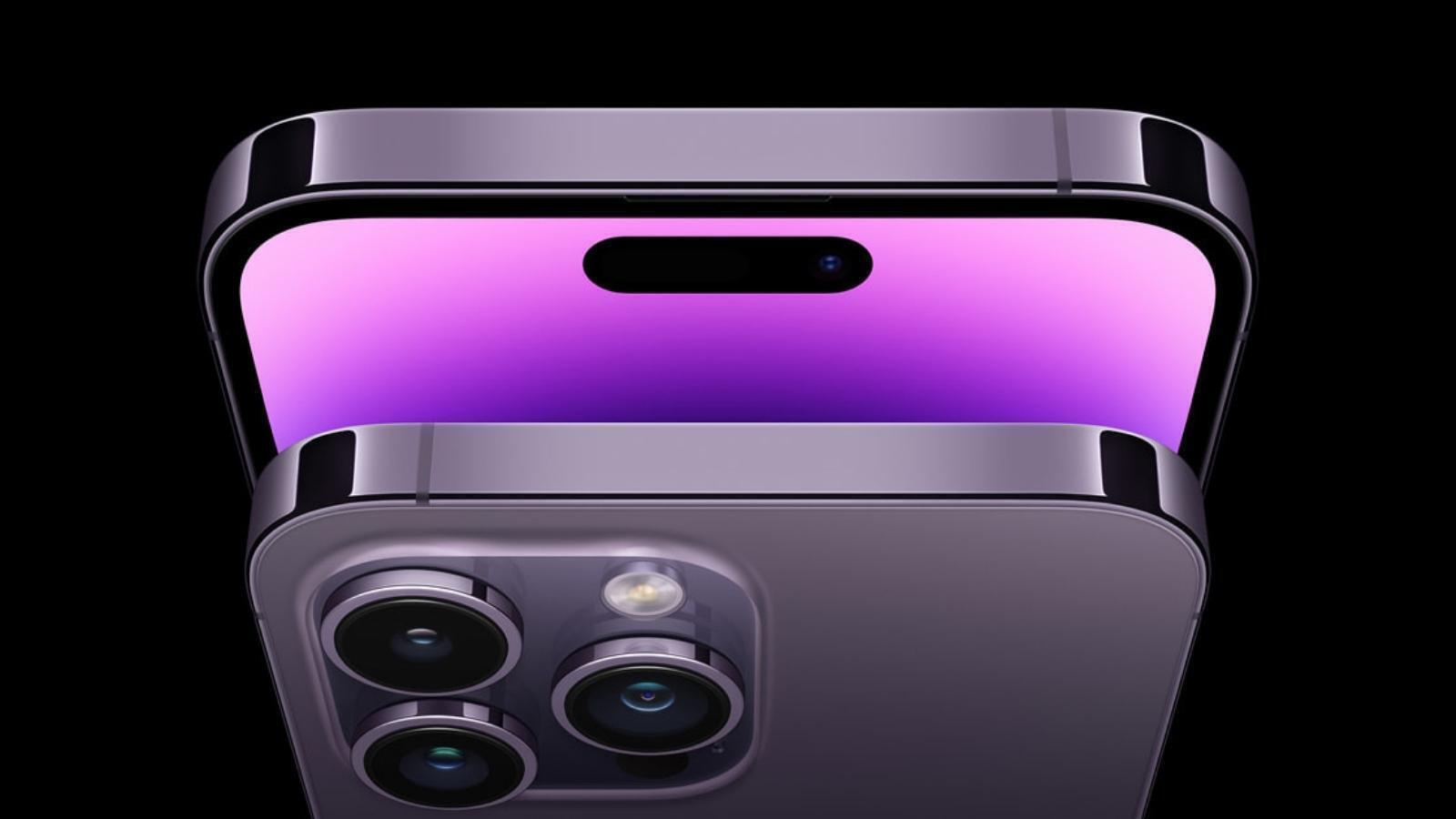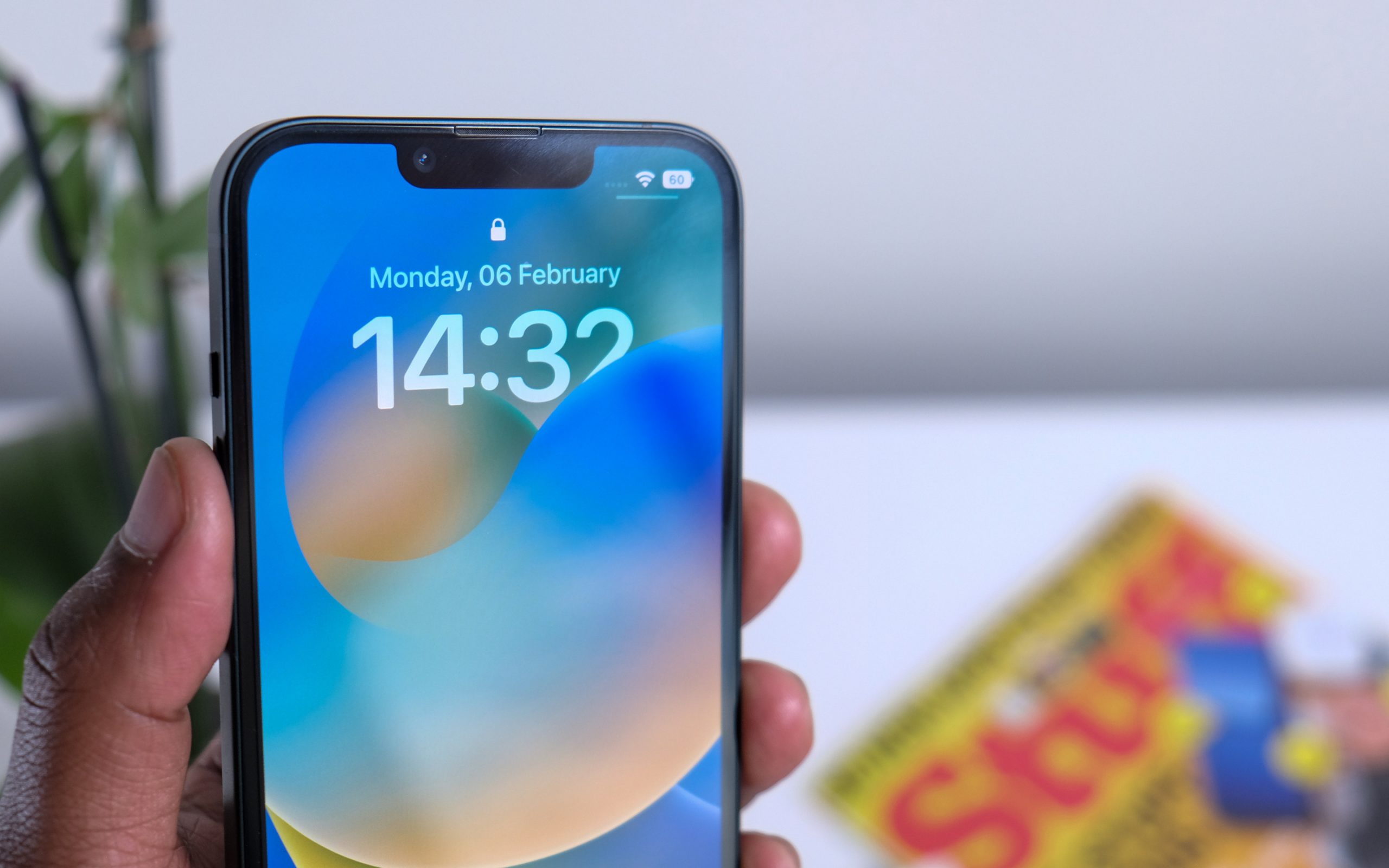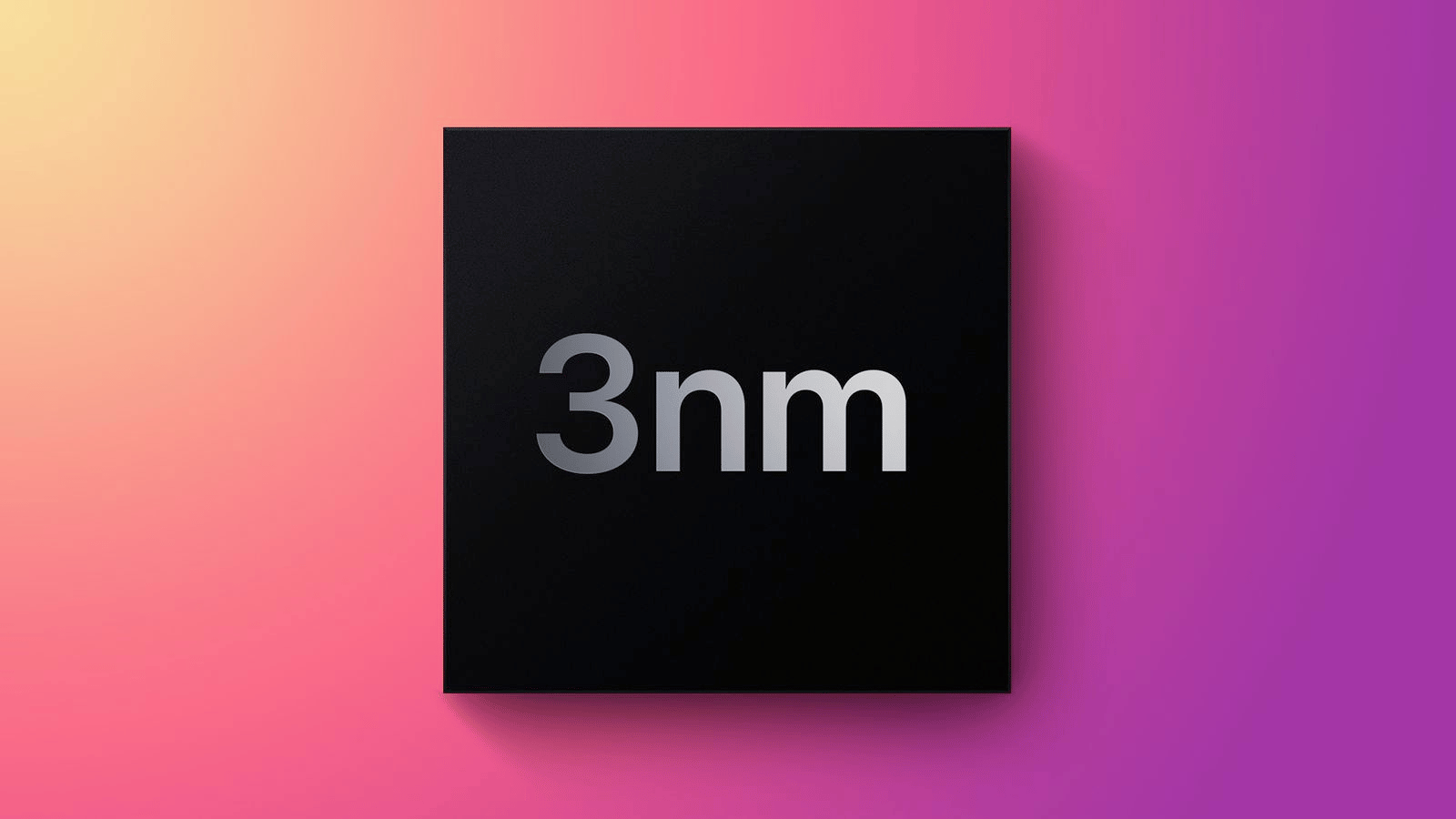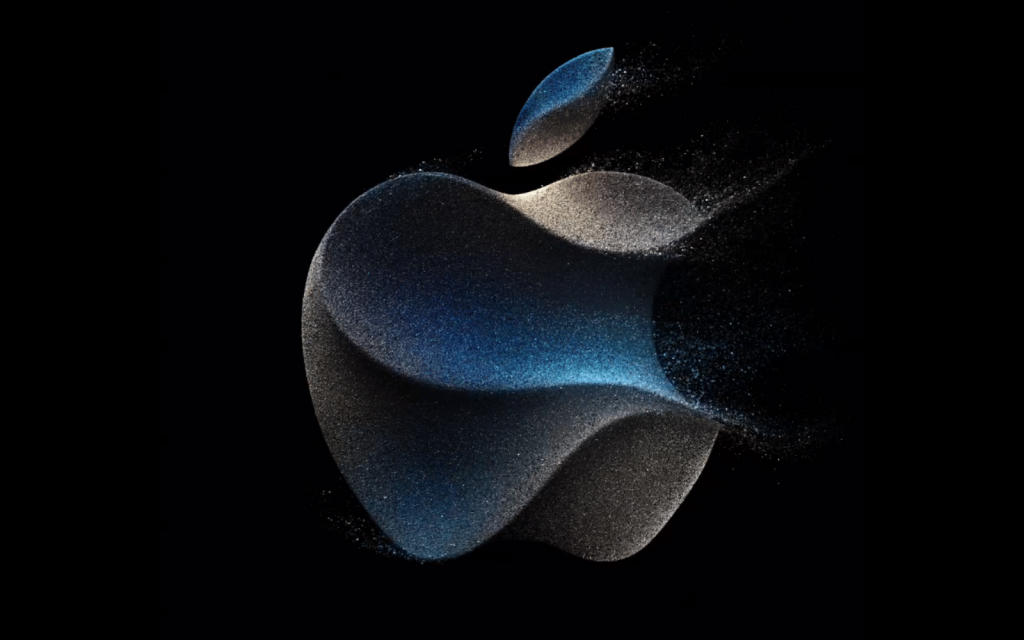It’s official. Apple has set the date for its biggest event of the year, launching the new range of iPhones and some new smartwatches to boot. Mark it in your calendars – the event will be streamed online on 12 September 2023 at 19:00 SAST. Or you could save yourself the time and read about it on Stuff the next day.
The event was announced through Apple’s website and via email, working under the ‘Wonderlust’ tagline. Apple didn’t reveal much else, keeping product-specific details close to its chest.
Heard it through the grapevine

That doesn’t mean we’re totally in the dark here. Apple is a creature of habit which makes predicting its next steps a little simpler. It’s likely sticking to a four-phone line-up, made up of two entry-level iPhones and two high-end models under the ‘Pro’ moniker.
That’s not just our own speculation. Of the many iPhone 15 rumours being bandied about – the most prominent amongst them coming from Bloomberg’s Mark Gurman, a reliable Apple insider who’s rarely wrong when it comes to unreleased Apple products.
Display Kings

Let’s start off with the all-but-confirmed iPhone 15 and iPhone 15 Plus. The former will reportedly feature a 6.1in display, while the aptly named ‘Plus’ model will sport a 6.7in screen. The same goes for the pricier Pro and Pro Max models, which are set to receive the same 6.1in and 6.7in displays – along with other features befitting the ‘Pro’ sobriquet.
That shouldn’t come as a surprise, considering Apple’s affinity for reusing bits from previous generations. The iPhone 14 line-up featured the same displays, though Gurman reckons Apple’s expending a little more effort where the Pro models are concerned. It’s not all recycled specs, however. Apple’s developing its Pro displays with a new technology – low-injection pressure over-moulding, or ‘LIPO’ as Apple calls it.
In theory, that should net a 0.7mm size reduction on the Pro’s bezzles – down from 2.2mm on the iPhone 14. That should be worth the premium price tag, right? Right?
Maybe not, if the rumour of the Dynamic Island’s expansion to all models is true. We’re all for parity, but not when it’s removing one of the key features that made the iPhone 14 Pro, well… pro. Still, it’s hard to complain – especially with the Dynamic Island being one of the iPhone 14 Pro Max’s best features.
Along with Dynamic Island support, all iPhone 15 models could ship with an improved OLED display driver chip aimed at reducing power consumption and extending battery life.
Speedier internals

Despite losing Dynamic Island exclusivity, the Pro models could make it up to customers with major internal upgrades. In typical Apple fashion, the A16 Bionic processor is getting the hand-me-down treatment, making its way to the vanilla 15 and 15 Plus. The Pro line-up is getting hold of the “noticeably snappier” (according to Gurman) A17 chip. It’s said to improve performance by around 15% while reducing battery consumption by 35%.
As for RAM, the 6GB found in last year’s models is expected to show up in the iPhone 15 and 15 Plus. There’s no word yet on whether the Pro models will get the bump to 8GB of RAM though according to MacRumors, a jump is looking likely.
Thanks to some leaked diagrams showing off the iPhone 15’s Wi-Fi chips, we know that these iPhones will make the jump to Wi-Fi 6E, but only for the two higher-specced models.
Whether Apple will remove the SIM tray from the iPhone globally, or repeat last year’s plan and only remove it from models shipped to the US is still unconfirmed. The rumour mill suggests that Apple has nixed the SIM tray for devices sold in France, which could be a hint at the brand’s plans for global SIM domination. Fortunately, most of South Africa’s network operators have (somewhat) prepared for that eventuality, with MTN finally catching up to Vodacom and Cell C.
Hello, USB-C

This launch could mark the end of the Lightning port that Apple’s been so smitten with since the iPhone 5 launched in 2012. That’s no thanks to Apple, but rather the EU’s mandate that will force all personal electronic devices sold in member states to be USB-C compliant by 2024.
Though the EU’s mandate is only enforceable in Europe, it’s believed that Apple is making the switch to USB-C globally. And it’s about time. Unfortunately, the switchover isn’t going to be quite as smooth as we’d have liked, bringing with it the usual Apple hurdles that end up costing the customer more money.
The biggest of which could be the ‘Made For iPhone’ (MFi) USB-C certification which would limit features such as fast charging and high-speed data transfers to Apple-approved accessories and cables. That’s according to ShrimpApplePro, a leaker that believes Apple’s already tasked Foxconn (an Apple supplier) with producing MFi-certified USB-C cables.
Using a non-approved cable would mean losing out on the rumoured 35W fast charging, a major step up from previous models. It’s not yet clear whether 35W charging will be reserved for the Pro models, or available in the entire line-up. Wireless charging is getting a boost, with Apple supporting MagSafe and the new Qi2 standard.
Camera upgrades

Continuing Apple’s hand-me-down trend is the rumour that both the iPhone 15 and 15 Plus will feature the same 48MP sensor featured in 2022’s Pro models. This is all but confirmed with both Ming-Chi Kuo and Jeff Pu (via MacRumors), reliable Apple analysts confirming the addition. There might also be a new stacked sensor design in the works, providing a major improvement to the camera’s low-light performance.
Not much else is known about the Pro model’s camera upgrades, aside from the scuttlebutt that Apple might be adopting a periscope lens for the larger iPhone 15 Pro Max. The regular Pro would be left with a standard zoom lens, with both the 15 and 15 Plus stuck with wide and ultra-wide lenses.
As for when we’ll be able to get our hands on these, we’re not so sure. Apple has set a 12 September launch date, where Tim Cook and the rest of the Apple team will delve into the four new iPhones, two smartwatches, and updated AirPods. Pre-orders in the US are likely to open by the following Friday, 15 September, though South Africa will likely have to wait longer.




